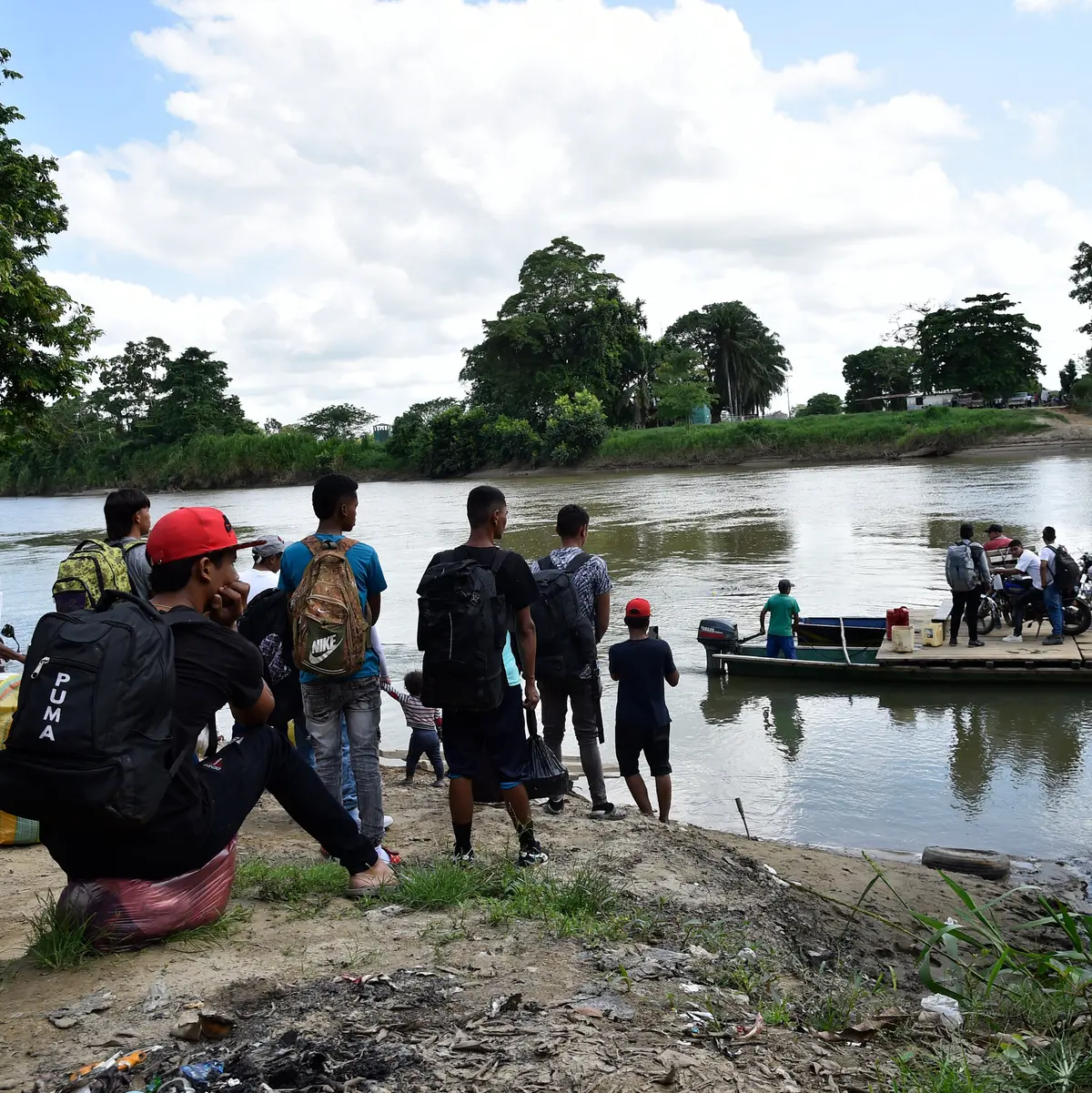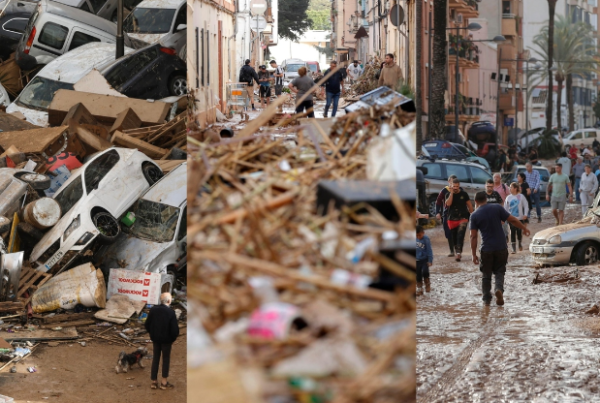Colombia’s history has long been marked by decades of violence and internal conflict, a result of external political actors aiming to control its natural resources and take advantage of its underregulated areas. Nowadays, this continues to aggravate the livelihoods of thousands of Colombians across the country.
Various factors and complex relationships have driven Colombia’s armed conflict. Notably, the violence’s severity has resulted in continuous humanitarian crises, increased drug violence, and inadequate access to fundamental resources. Most recently, this has resulted in a humanitarian crisis in the Catatumbo region in northeastern Colombia, characterised by its extreme violence, driven by competition for control over the cocaine market. This internal conflict stems from an intense rivalry between two main guerrilla groups in the 1960s, Ejército de Liberación Nacional (ELN) and las Fuerzas Armadas Revolucionarias de Colombia (FARC). During the Cuban Revolution, both of these groups were influencedby Marxist ideology and aimed to overthrow the dominance of liberalism at the time within the country. Despite the groups’ similarities, the competition between them was clear from the start.
To contain this conflict, the “Acuerdo de Paz” (Peace Accords) were signed in 2016 by the president at the time, Juan Manuel Santos. The FARC militants were therefore formally stopped and disintegrated. The United Nations confiscated their weaponry and monitored their disarmament. Despite intentions of long-term stability in Colombia, these accords resulted in the fragmentation of guerrilla groups, further dispersing violence and increasing cocaine production. As a result, new armed factions have surged throughout the country, aggravating inter-group warfare for control over drug routes and coca-rich regions. This has resulted in a 21% increase in conflict between security forces and armed groups in 2024, as well as targeted attacks on civilians, Indigenous communities, and peace accord signatories. One of the most alarming manifestations of this violence has been the escalating crisis in the Catatumbo region, which intensified in early 2025.
This conflict consists of violence between the guerrilla group ELN and FARC dissidents (specifically the Frente 33, which has taken the lives of over 80 people), which escalated on January 16 and resulted in the displacement of over 56,000 people. An additional 27,000 people are confined in the region, where they are unable to change locations to access basic services or employment. The Colombian President, Gustavo Petro, declared a “state of commotion” in response and halted current peace negotiations with the ELN group, further denoting the challenges in implementing the 2016 peace agreement.
The Catatumbo region, also known as the “house of thunder” in the indigenous Barí language, is an impoverished region that borders Venezuela. Despite its biodiversity, this territory is currently being disputed by these guerrilla groups due to its role in producing coca, its illicit trafficking, its vital mineral resources, and the state’s lack of presence. The consequences of this crisis have been devastating for Colombians, and massacres have occurred frequently. Most recently, in Tibú, three people were assassinated, including a 10-month-old baby. Children’s health has been gravely impacted as well, as recent reports state cases of malnutrition. According to UNICEF, out of the 328 children in Tibú, at least 46 are at risk of malnutrition, while four under the age of 5 are already diagnosed with this condition. Women have been especially targeted. The Public Ministry has identified that at least 99 women have been victims of sexual exploitation and violence. Furthermore, many children have been subjected to the recruitment of these armed groups, where they are taken from their families and used to further the criminal intentions of these illicit organisations. Barí Indigenous communities, such as Ñatubaiyibari y Catalaura, have been victims of continuous vigilance, threats, and violence. The thousands displaced have lost their homes, livelihoods, and jobs, taking a massive financial and emotional toll on this population. Finally, among many other consequences, this crisis has been further exacerbated by the United States, which has cut off financial aid this year. Consequently, at least 120,000 people will be unable to access humanitarian aid due to the underfunding of social organisations within the country.
Many significant human rights leaders have fled the area upon receiving direct threats from these armed groups. Extreme human rights violations reported by experts state that these armed groups have “subjected civilians in North Santander to extrajudicial executions, acts tantamount to enforced disappearances, sexual and gender-based violence, particularly against women and girls, human trafficking, and the recruitment of children,” further denoting the severity of this crisis.
One of the main concerns that has long arisen within the Colombian population is the government’s ineffectiveness in protecting its civilians and providing the necessary security to mitigate this internal conflict, which has severely violated human rights and international law. Consequently, the Colombian government is criticised for how it allowed these armed groups to escalate this conflict in the first place, highlighting its lack of internal sovereignty. Furthermore, many civil society groups are calling for the government to address the root causes of this internal conflict instead of implementing further militarisation, which they fear will only escalate the conflict as it has done in the past. Finally, there is an overall emphasis on the need for urgent humanitarian aid and protection of the right to education, which has been blocked by this conflict, making it difficult for children to access schools. Overall, the crisis in the Catatumbo reflects the challenge for long-term peace and justice in Colombia, further denoting the need for urgent solutions.
Other posts that may interest you:
Discover more from The Sundial Press
Subscribe to get the latest posts sent to your email.





